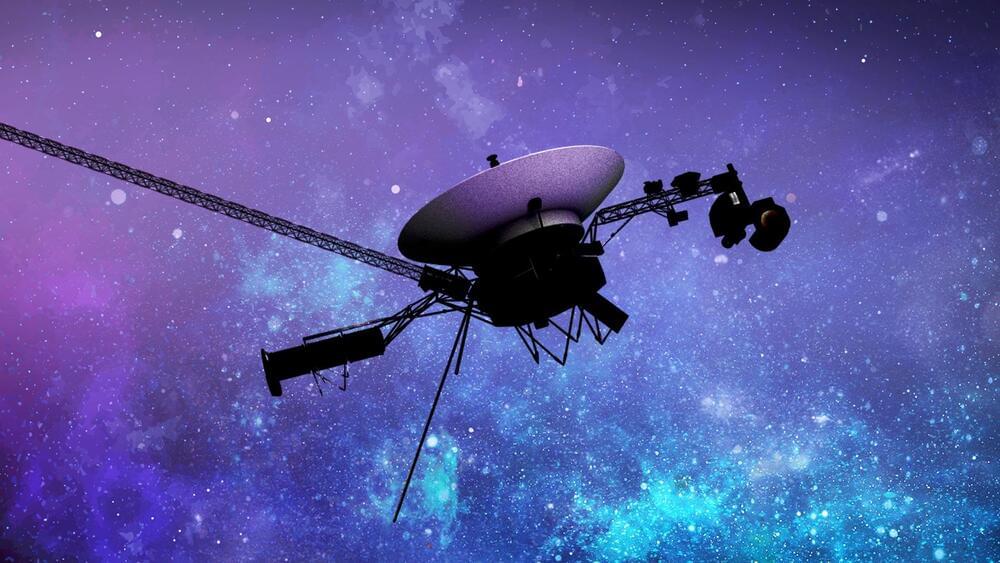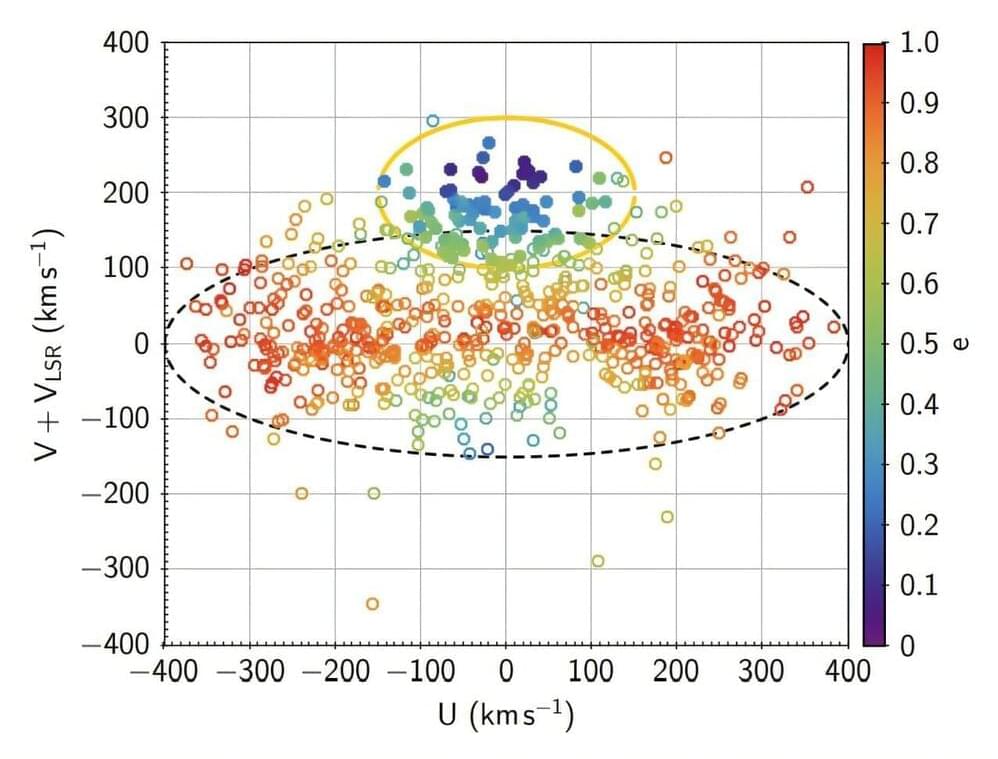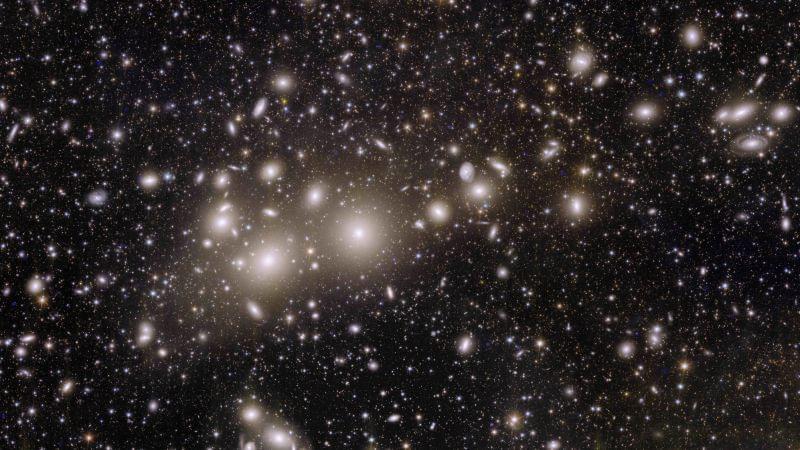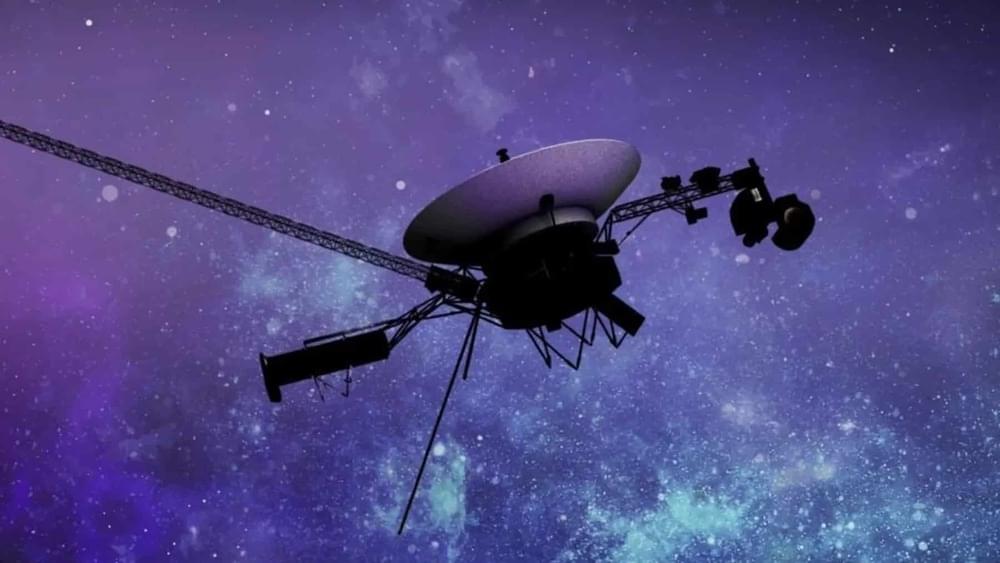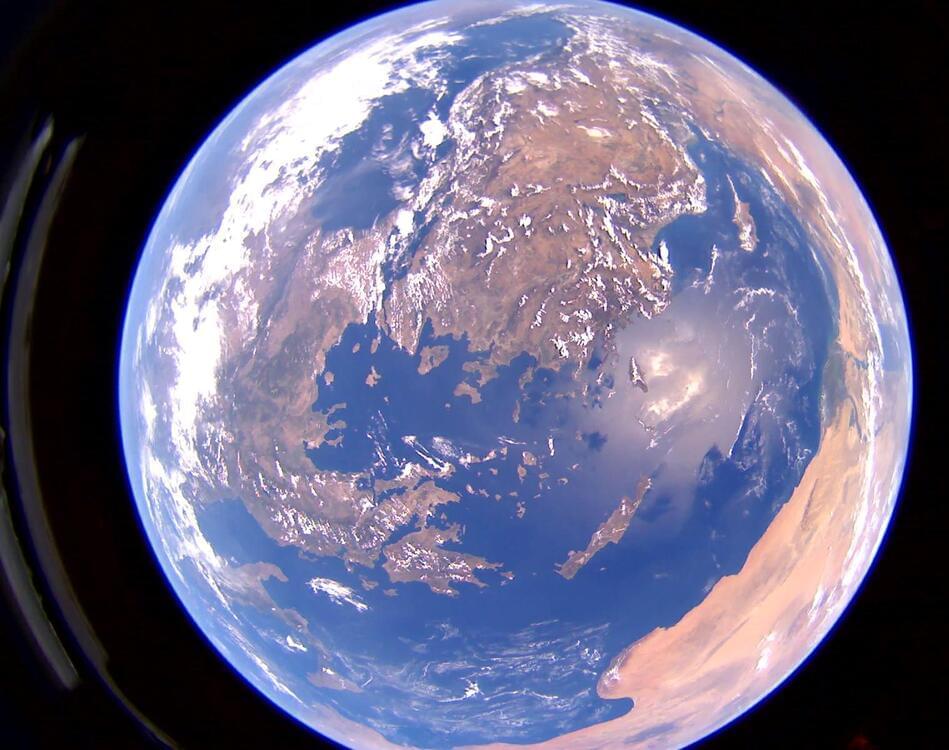Oct 30, 2024
15 Billion Miles Away, NASA’s Voyager 1 Breaks Its Silence
Posted by Quinn Sena in category: space
NASA reconnected with Voyager 1 after a fault protection system prompted the spacecraft to turn off a transmitter.
Engineers at JPL are investigating the incident, facing the challenge of managing commands and data over a 15 billion-mile distance. The team aims to stabilize communications and address the technical difficulties of the aging spacecraft in interstellar space.
Reestablishing Contact With Voyager 1
